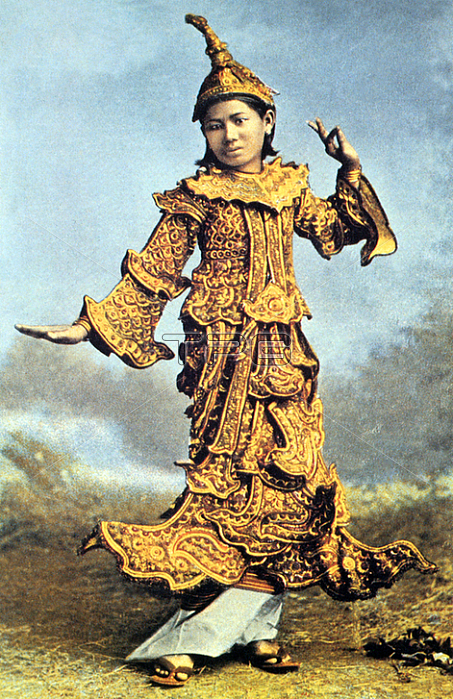
The origins of Burmese Dance are traced to the Pyu; Halin; and Mon cultures in the central and lower Irrawaddy regions from at least two centuries before the Christian era. Archaeological evidence shows Indian influences in this.
There were also influences from Thai and Khmer cultures during the many invasions and counter-invasions that occurred over the next two millennia.There was a particularly well documented infusion of dance forms; such as the Yama Zatdaw (the Burmese version of the Ramayana) in 1767; when the Burmese sacked Ayutthaya and expropriated a large component of the Thai court. Nonetheless; some of the surviving forms (including the belu; nat gadaw and zawgyi dances) honour folklore characters that are quintessentially Burmese; some of these from pre-Buddhist times.
There is also a close relationship between the classical Burmese marionette and human dance art forms; with the former obviously imitating human dance; but also with human dance imitating the movements of the marionette.
| px | px | dpi | = | cm | x | cm | = | MB |
Details
Creative#:
TOP20156239
Source:
達志影像
Authorization Type:
RM
Release Information:
須由TPG 完整授權
Model Release:
No
Property Release:
No
Right to Privacy:
No
Same folder images:

 Loading
Loading